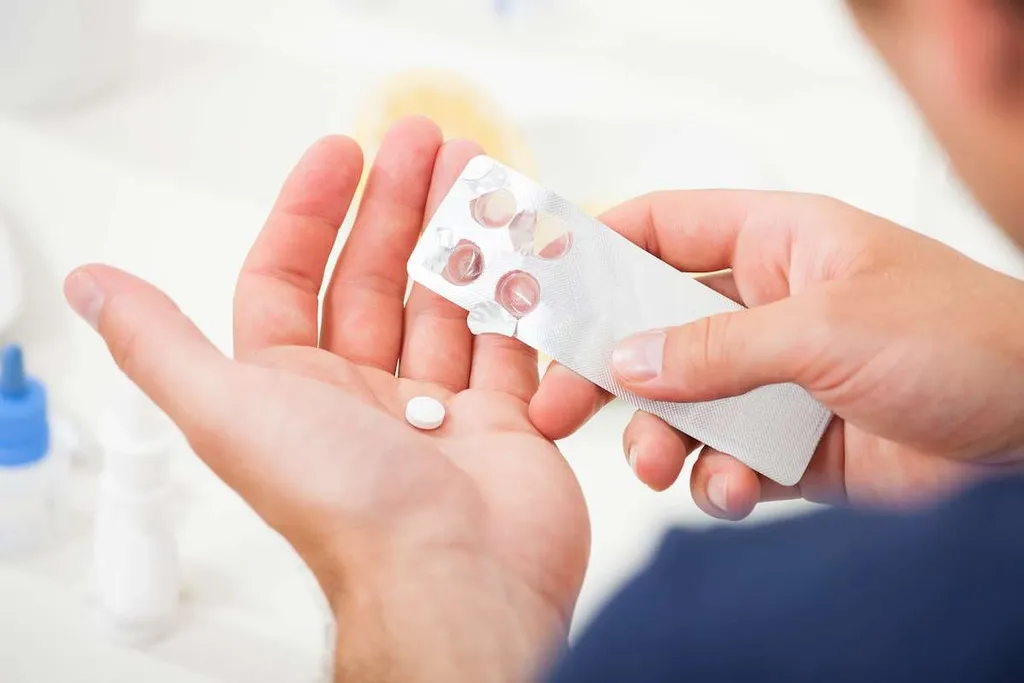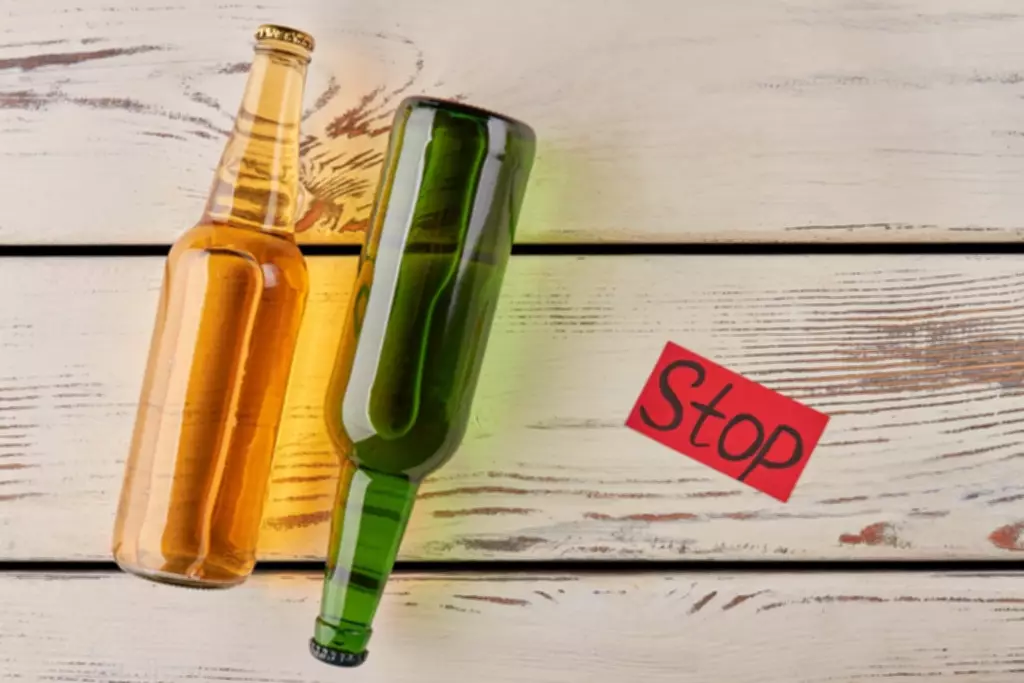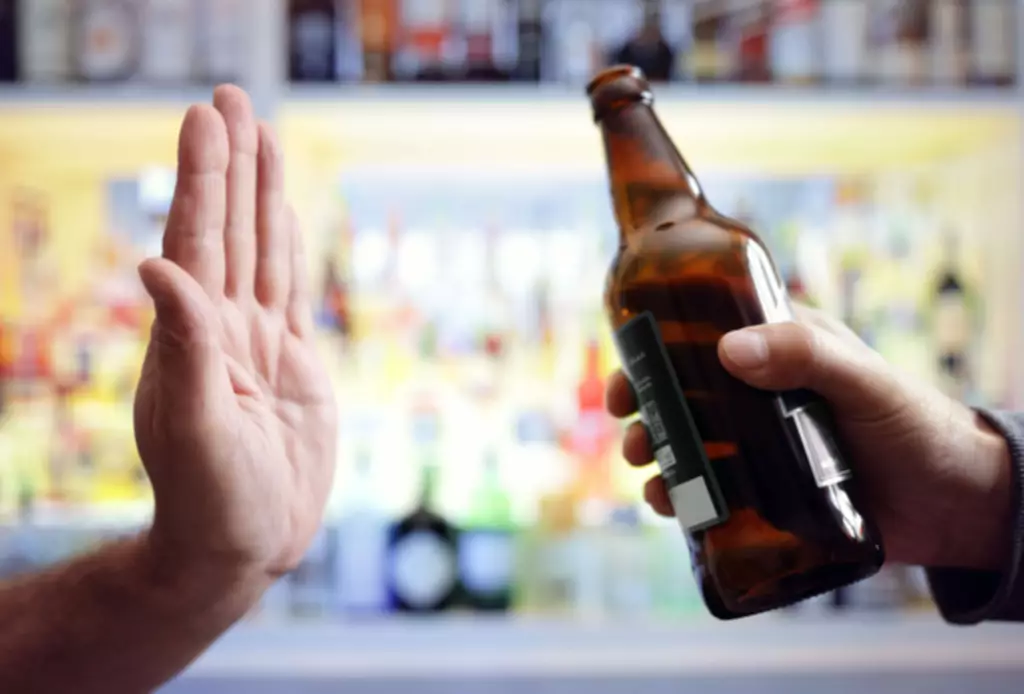
What Is An Alcoholic Nose Or Rhinophyma? Symptoms, Causes, Treatment

If you or a loved one are looking for substance abuse treatment, help is available. Until recently, doctors believed that rosacea and rhinophyma could be caused by alcoholism. Additionally, a study published in the Journal of the American Academy of Dermatology noted that alcohol consumption increases the risk of rosacea in women. Similar research is needed on the link between alcohol consumption and rosacea in men. Due to the higher prevalence in males, scientists suspect that male hormones increase the risk. Keep reading to learn more about the causes, symptoms, diagnosis, and treatment of rhinophyma.

Flushing, Rash, & Red Nose
- Because alcohol dilates blood vessels and damages the vascular system, it can aggravate rhinophyma and other types of rosacea.
- The name originates from the idea that heavy gin drinkers tend to develop this type of rosacea.
- This typically results in the eyes becoming swollen and red in appearance.
- By submitting your information below you are consenting to us holding your data.
Excessive consumption of alcohol may also lead to the development of spider veins on the face. While alcohol is not the cause of rhinophyma or rosacea, alcohol can have an impact on both. When a person has a pre-existing issue with rosacea or rhinophyma, it can irritate the disorder and worsen symptoms. Alcohol can cause your blood vessels to dilate which may make you experience flushing or a rash on your face similar to rosacea.
Rhinophyma (enlarged nose)
- Rhinophyma is more common in men than women, though people of all genders can develop the condition.
- This means that drinking can increase the impact of an existing rhinophyma and the risks of the skin problem – but it is not a result of drinking and drinking only.
- The nose may also be ruddy and bumpy in appearance, caused by the way alcohol affects your blood vessels and pores.
Although studies vary, it’s thought that basal cell carcinoma occurs in 15-30% of people with rhinophyma. Also, chronic infection often results because the fluid from the sebaceous glands thickens and can hold bacteria. The condition is much more common in males than females and usually develops between the ages of 50–70. Some evidence shows that a person can be genetically predisposed to rhinophyma, as it runs in families of Scandinavian, English, Scottish, and Eastern European descent. In addition to this, surgery may also involve using a scalpel to get rid of part of the skin or a carbon dioxide laser to help remove certain areas around the nose. This can occur when your sebaceous glands secrete too much sebum, which causes oily skin.
An Alcoholic’s Nose: What Is It & How Does It Happen?
This provides access to 24-hour care and FDA-approved medications, making the withdrawal process safer and easier. Detox also prepares you for ongoing treatment and addresses the issue of alcohol dependence. Keep in mind that drinkers nose pictures may not all be triggered by alcohol use, despite the name often used to describe rhinophyma. While the time frame in which the condition can flare-up is different for everyone, the redness and flushing of rhinophyma can get worse over a period of several months to several years. There is a range of treatments to choose from, such as long-term recovery plans, inpatient or outpatient treatment, 12-step programs, aftercare, and more. The study surveyed a range of people with the skin condition and revealed that rhinophyma is found in just as many individuals who do not drink as in those who do drink.

An alcohol red nose is one of the most tell-tale signs of a problem with alcohol. The Recovery Team’s facility in Falmouth, Massachusetts offers comprehensive addiction treatment and mental health care in a peaceful, coastal setting. If you are suffering from an alcoholic nose and are an alcoholic, you can get help. It is okay to reach out for help regardless of what is happening.
What Is Crank Drug? Addiction, Dangers, & Treatment
Stress, sleeplessness, dehydration, depression, improper diet, dry skin, and many other factors can agitate rosacea and rhinophyma. If you use rhinophyma as a starting point to monitor a close friend or loved one, you can look for agitation of their rosacea symptoms over time. The more alcohol they consume, the more aggravated their symptoms will be and the more they will spread. Just because they have swelling and discoloration around the nose does not mean they are an alcoholic.
If you or a loved one are in search of treatment Substance abuse services for alcohol use disorder, help is available. This is a very common skin condition that tends to emerge for weeks or months at a time. To find another treatment program, browse the top-rated addiction treatment facilities in each state by visiting our homepage, or by viewing the SAMHSA Treatment Services Locator.
Alcoholic Nose (Rhinophyma): The Real Cause, and How to Treat It

This is especially true and noticeable for the skin on a person’s face. People who have noses that are inflamed, bulbous, and red often have rhinophyma, which might be a form of a condition known as rosacea. Some people with rosacea develop rhinophyma, but people without rosacea can have this alcoholic nose disorder, too. If you or someone you love is struggling with alcohol addiction, reach out to our Brooklyn Rehab Center. Ascendant New York is here to help, offering drug rehab treatment to all five boroughs within New York City.

- However, it is not more or less impactful than any other risk factors, such as gender, age, skin tone, and family history.
- Later, the nasal skin grows and the tip of the nose becomes larger.
- At the end of the day, it is just a skin disorder and should not be used to make assumptions about someone’s drinking habits.
- Rhinophyma can be seen via the firming and thickening of the skin, and red, orange, and purple colors mostly noticed on the nose.
The condition is seen as a deformity that can lower self-image and reduce overall confidence in those affected. Afterward, you may participate in inpatient programs, cognitive behavioral therapy, and other resources. You can find these alcohol use disorder treatment programs and more at Ohio Recovery Center.
- This enzyme is responsible for helping break down alcohol and metabolize it.
- While there are no severe side effects of alcoholic nose, the main side effect is their physical appearance.
- As with comorbidity studies, it is important to note that these findings only suggest a potential association.
- Gin Blossom nose is a term used to describe a red or swollen nose caused by excessive alcohol consumption over time.
- There are causes of alcoholic nose and visible signs of an alcoholic nose.
- Rhinophyma results from an increase in the size and number of sebaceous glands in the skin of the nose and surrounding tissue.
Side Effects Of Alcohol Abuse
That said, exceedingly few people with Rosacea develop an alcoholic nose. Effective treatment for alcoholic red nose, rosacea, or rhinophyma often involves a multifaceted approach. Dermatologists recommend avoiding alcohol and spicy foods, which can exacerbate symptoms. Redness from rosacea can be managed; a dermatologist may prescribe topical antibiotics, retinoids, or azelaic acid. These topical creams containing antibiotics or anti-inflammatory agents can help reduce redness and inflammation.




